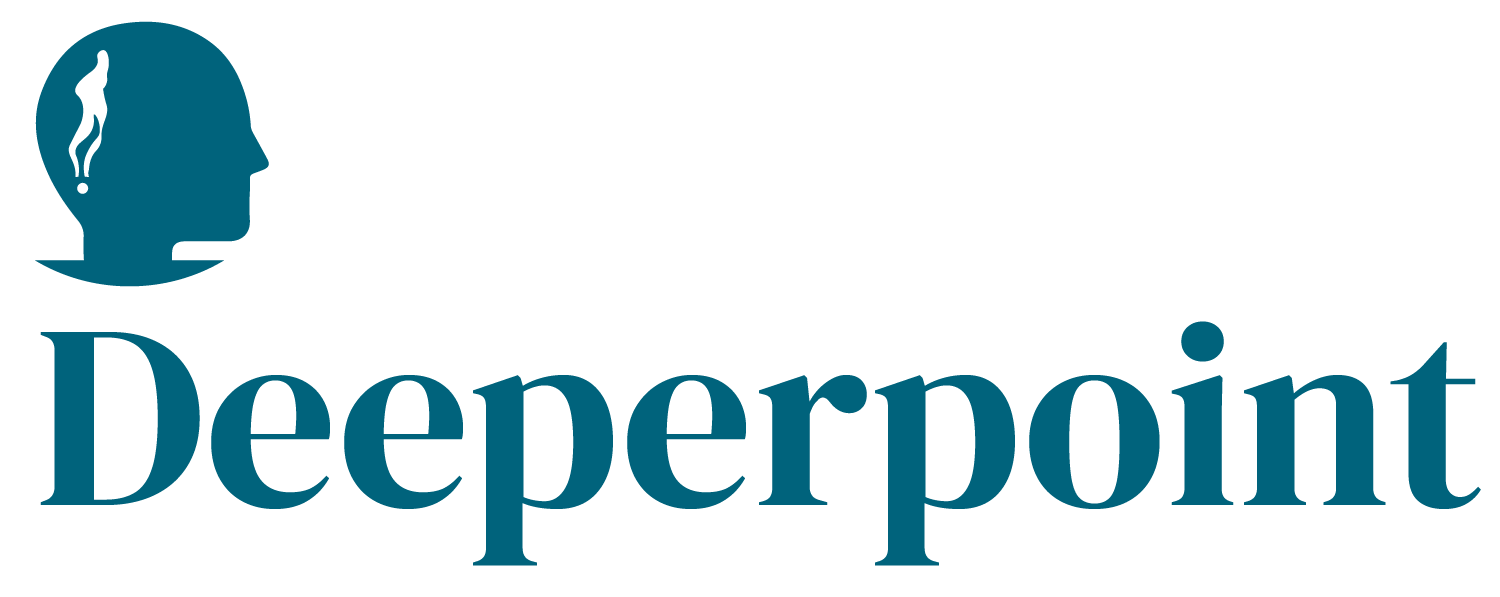Thin Market Characteristics Assessment
Information Asymmetry: HIGH
- Employers see only sanitized resumes that follow conventional formats
- Candidates can’t access real context about role challenges, team dynamics, or success factors
- Job postings use generic language that obscures actual requirements
- Rich candidate information (personal projects, writing samples, problem-solving approaches) remains invisible
Complex Matching Criteria: VERY HIGH
- Success requires cultural fit, cognitive style, communication preferences, and growth potential
- Technical skills are just baseline – real value comes from harder-to-assess capabilities
- Team composition, project context, and organizational priorities create unique matching needs
- Current ATS systems reduce complex humans to keyword matching
Scattered Participants: MODERATE
- Large employers have centralized HR, but decision-makers are distributed across departments
- Quality candidates often aren’t actively job searching
- Passive recruitment requires extensive manual effort to identify and engage prospects
Economic Viability Analysis
Transaction Value vs. Platform Costs: STRONG
- Cost of bad hires ranges from $50K-$500K+ depending on role level
- Current recruiting costs (agencies, internal resources) often 15-30% of salary
- Platform could justify substantial fees given hiring failure costs
- High-value knowledge worker roles provide sufficient economic density
Friction Cost Reduction: VERY HIGH
- Current process requires extensive manual resume screening and interview loops
- Candidates waste significant time customizing applications for poor-fit roles
- Hiring managers spend weeks on candidate evaluation with limited information
- AI could dramatically reduce time-to-hire and improve match quality
Risk Mitigation Value: EXTREMELY HIGH
- Poor hiring decisions create cascading costs: productivity loss, team disruption, replacement costs
- Better cultural and capability matching reduces turnover risk
- Early identification of high-potential candidates improves retention
- Reduced hiring mistakes worth significant premium to employers
Revenue Model Potential
Pricing Power: STRONG
- Enterprise clients accustomed to paying substantial recruiting fees
- Value-based pricing possible tied to successful placements and retention
- Multiple revenue streams: per-search fees, subscription models, premium analytics
Market Expansion: SIGNIFICANT
- Could enable hiring for roles currently filled through expensive headhunters
- Internal mobility matching (existing employees to new roles) creates additional value
- Succession planning and talent development applications
Implementation Considerations
Platform Development ROI: FAVORABLE
- Enterprise clients can pay substantial upfront and ongoing fees
- Longer sales cycles but higher customer lifetime value
- Fewer users needed to achieve profitability compared to consumer markets
Market Adoption Risk: MODERATE
- Conservative HR departments may resist new approaches
- Requires buy-in from both HR and hiring managers
- Compliance and legal considerations around hiring practices
- Need to integrate with existing HRIS and ATS systems
Competitive Moat: STRONG
- Network effects as more candidates and employers join
- Proprietary matching algorithms improve with usage data
- Integration costs create switching barriers
- First-mover advantage in enterprise accounts
Strategic Positioning
This represents a premium thin market opportunity where:
- High transaction values justify sophisticated AI investment
- Current solutions are demonstrably inadequate
- Both sides highly motivated to find better matches
- Economic incentives strongly favor platform adoption
The key differentiator is moving beyond resume parsing to deep contextual understanding of both roles and candidates. Success would require:
- Sophisticated prompt engineering for role requirement extraction
- Privacy-preserving candidate profile generation
- Integration with existing enterprise systems
- Compliance with employment law and data protection regulations
This could be a compelling enterprise SaaS application of the Cosolvent framework, with substantially higher revenue potential than many other thin market applications due to the high cost of hiring failures and the willingness of enterprises to pay for improv
